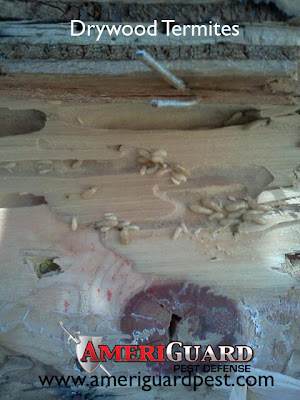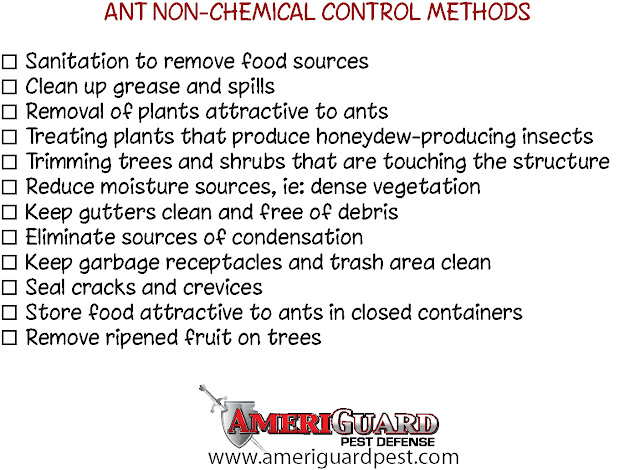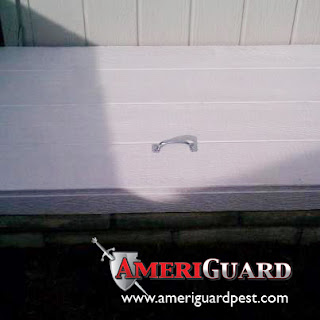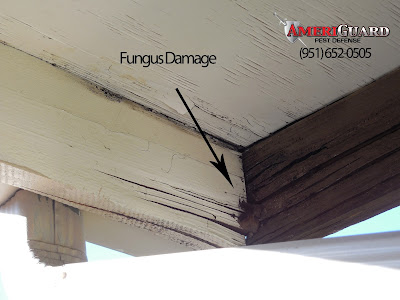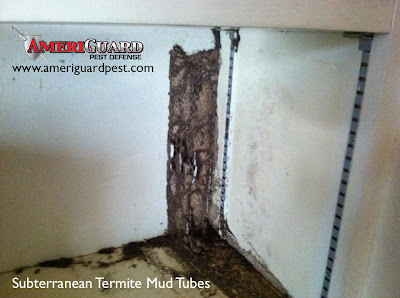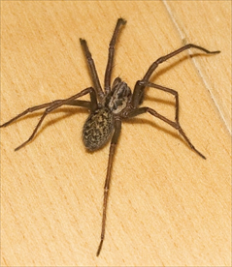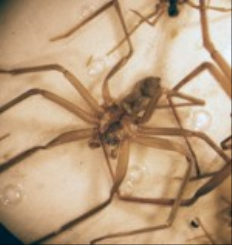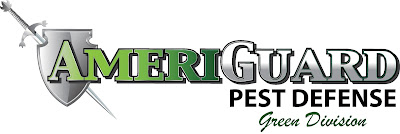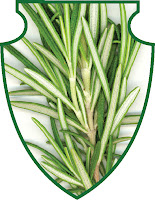Commercial Bee Control
When Beneficial Insects Become Structural Pests
If you know how we feel about bees, then you know that we consider them an important part of the pollination process for essential crops. Bees are a mostly beneficial insect, however, in this routine bee service, bees were invading and nesting inside a structure, making them a nuisance and a structural pest.
We received a call from a commercial building completing some remodeling work. The work crew was unable to paint because of the large number of bees flying in and out of the structure. The client reported that the bees were aggressive, which behavior was confirmed by the technician who treated this structural pest problem. Most likely, their agitated behavior was due to their defensiveness.
The bees were on the roof, which always presents an added challenge when a technician has to suit up in a protective bee suit, use a ladder and navigate the roof to treat the problem. In this case, our fabulous technician, Nic, even took some pictures and managed to shoot the below video.
In this case, chemical treatment was the recommended method of control. Opening up the roof was not in the client's budget or scope of work they wanted performed. It is difficult to perform live removal of a hive. Mostly because in order to remove the bees, a decoy queen must be used and this is beyond the ability of most pest control companies. If the queen is damaged or unable to be removed, the rest of the hive will likely wane in 3-5 days.
 |
| Bee control can be dangerous and is best left to a licensed pest professional. |
 |
| Chemical control methods of bees are sometimes necessary. |












